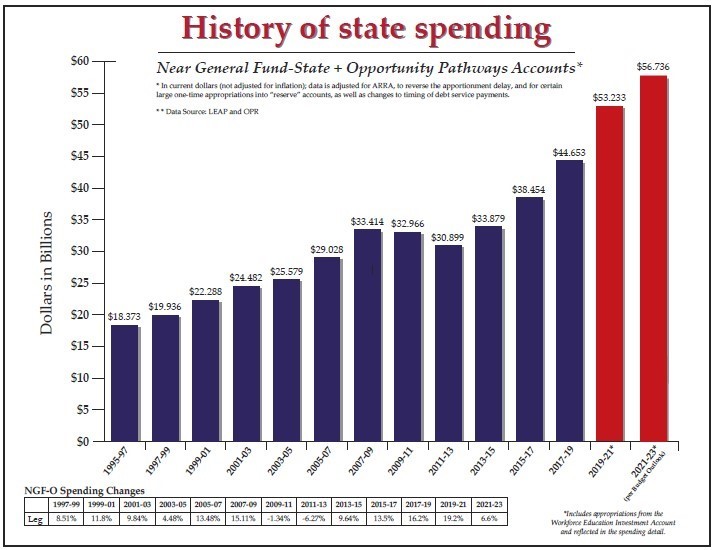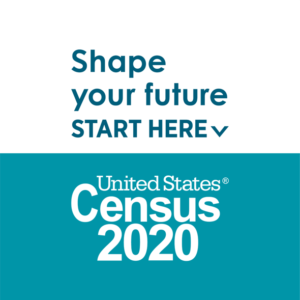Hello Friends and Neighbors,
Statistics related to the COVID-19 outbreak in our state are easy to come by from the news media and government websites (our state’s one-stop site is coronavirus.wa.gov), so I won’t focus on them here – except to say that I’m thankful the counts are as low as they are, considering Washington was initially seen as the epicenter of the viral outbreak in our nation.
By now you’ve probably caught up with the latest state-government response to the pandemic. That will provide context to an email reply I sent Sunday to a Vancouver mom who, among other things, told me she had become “officially scared to live in Washington” and felt things were “getting out of hand with all of these restrictions.” Here’s my response to her:
I have been very frustrated with the lack of a positive message coming from our governor. The cases are going down. The fatality rate is going down. The hospitals are getting fewer and fewer cases and the bed availability is very good right now.
I have many of the same concerns you do. I continue to push back on many of these issues as well. We need to begin to get back to our normal lives. I really believe we can find a way to do that safely. We are learning so much more about this virus so we need to start looking at the actual data versus the models that were looked at in the beginning when we knew so little. There are other countries and states that have data that can be shared and we can learn from. I will continue to push for all of this.
And by the way, you are not the only one that have the concerns that you do. I’ve heard from many people that are disappointed and worried over the way this has been handled. One of the biggest questions I have is, what are the consequences of our economy remaining closed, especially when you look at the economic calamity that is piling up. The calls to hotlines for domestic violence and suicide are dramatically going up. I’ve heard figures of up to 900% increase.
We have to look at all facets of our return to normalcy and consider all of the aspects of what makes us who we are as a state and a country.
We will get through this. I am beginning to see a light at the end of the tunnel now.
I hope this helps to ease some of your fears.
Stay well.
A half-hour later I received this response:
Senator Wilson,
First of all, thank you so much for responding. I’ve literally emailed every local government leader, and you are the only one to reply.
Secondly, thank you for truly hearing me. Your response brought me to tears, on a day when I’ve been praying away panic attacks. It gives me hope, that you are seeing some light at the end of the tunnel. Because most people in Washington State are not. I’m not sure if you pray, but many are praying for everyone in government right now. And that includes Mr. Inslee. A large number of us simply feel that he is not listening to us, and instead, listening to money.
This is not, or it shouldn’t be, a political game. These are people’s lives. Something has to give.
Thank you so so much for this gift tonight. You have no idea what it means to me. Proud to have you serving and representing Washington!!
Speaking of Governor Inslee – as the head of state he has access to the airwaves like no one else, and has been holding news conferences almost daily regarding the COVID-19 situation. This is causing some people to wonder what members of the Legislature are doing in response to the pandemic. I won’t speak for members of the majority side, although I’m in contact with many of them, but I and other Republicans have remained very engaged at different levels.
For instance, I was part of the team that developed the Legislative Republican Safe Economic Restart Plan, which we made public on April 17. The actions Governor Inslee has taken since then to ease restrictions on businesses match up with some of our proposals; still, I wish the governor’s approach was as forward-looking and as detailed as ours.
It’s appropriate for the governor to focus on public health, but it’s hard to keep track of whether his priority is on preserving hospital capacity – “flattening the curve” – or getting down to a particular infection rate. I question why he and the public-health officials advising him seem so uninterested in acquiring certain data that could only help with making decisions about protecting Washington residents. Also, five weeks since the governor’s original stay-at-home proclamation was made, I believe it should be possible to widen state government’s focus to include more actions that will minimize the economic damage while the public-health effort continues. Other states are doing it…we can too.
The governor needs to have some faith that all employers – not just those on his “essential” list – care about the safety of their workers and customers and are just as capable of taking the same precautions as grocery stores and certain “big box” stores have been taking since late March. I was appointed to the Governor’s Business Recovery Legislative Task Force a few weeks ago, and am using my position to strongly advocate for that kind of reasonable thinking.
Some inconsistencies within our state during this shutdown are especially frustrating – private-sector builders in the process of constructing homes when this first began were instructed to halt. But…continuing the public-project building of the new downtown arena in Seattle was A-OK. How does that make any sense?
As a member of the Senate Ways and Means Committee, I am also very concerned about what this all means for the state budget. The length and extent of the business shutdown directly affects the amount of tax revenue available to support education, social services and other important or popular taxpayer-funded programs.
Budget signed, supports Wilson tax-relief bill: State government’s budgets (one for operations, one for capital projects and one for transportation) cover two years, with adjustments made at the midway point. This was the year for the Legislature to make those adjustments, through what are called “supplemental” budgets.
I disagreed with the majority’s decision to increase spending in the supplemental operating budget by another $975 million. While the governor vetoed about $235 million worth of appropriations before signing the budget earlier this month, the spending level for 2019-21 is still nearly 20% ahead of the 2017-19 budget (see chart). I had hoped the governor would veto even more of the new spending in anticipation of the huge drop in revenue that is expected due to his stay-home proclamation. Pulling back on new commitments now would have gone farther to protect the existing state-funded services and programs that are important to so many people.
The governor also signed the largest single example of tax relief approved this year, which comes from my bipartisan bill to end the discriminatory tax on certain feminine-hygiene products – something I’d been working on since 2016, when I was still a representative. I’ve always believed these products are medically necessary and never should have been taxed – a belief that was recently confirmed by the federal government through a provision in the new CARES act.
It’s estimated the passage of my Senate Bill 5147 (which was almost unanimous) will save women more than $3 million per year! Even before the coronavirus situation, this tax was particularly unfair to women who are low-income or experiencing homelessness; getting rid of it now will also aid the many women who are being hurt economically by the COVID-19 measures in our state and are trying to save every dime.
Participate in the U.S. Census! There are plenty of good reasons to take part in the U.S. Census — which has been conducted every 10 years since 1790, making it one of the oldest traditions (or duties) we have as Americans. In our state, one important use of the latest census data is in the redrawing of Washington’s legislative (and congressional) districts. That process is called “redistricting,” the idea being that each of Washington’s 49 legislative districts should be approximately equal in population (the same goes for our state’s 10 congressional districts). A bipartisan commission will be appointed to take the 2020 data and work through most of 2021 to come up with a new map for legislative consideration in 2022.
I’m pleased that the census response in our 17th District was at 65% as of April 29, because that ranks us in the upper third of all legislative districts statewide. Still, 65% is not even two-thirds — and we should do better! There’s a simple solution: if you haven’t completed your census form yet, there is no time like the present. It will take about 5 minutes, and is a very good use of time while we’re all being told to stay home. Simply visit https://2020census.gov/ for everything you’ll need.
If you prefer to fill out the paper census form that should arrive in your mailbox (if it hasn’t already), that’s fine too – just don’t go uncounted. I want all Washingtonians to have their voices heard, and it’s in all our best interests to ensure an accurate and full count.
I welcome your questions about state government and the decisions I make in the state Senate. Please call or e-mail — and stay safe!
Yours in service,










